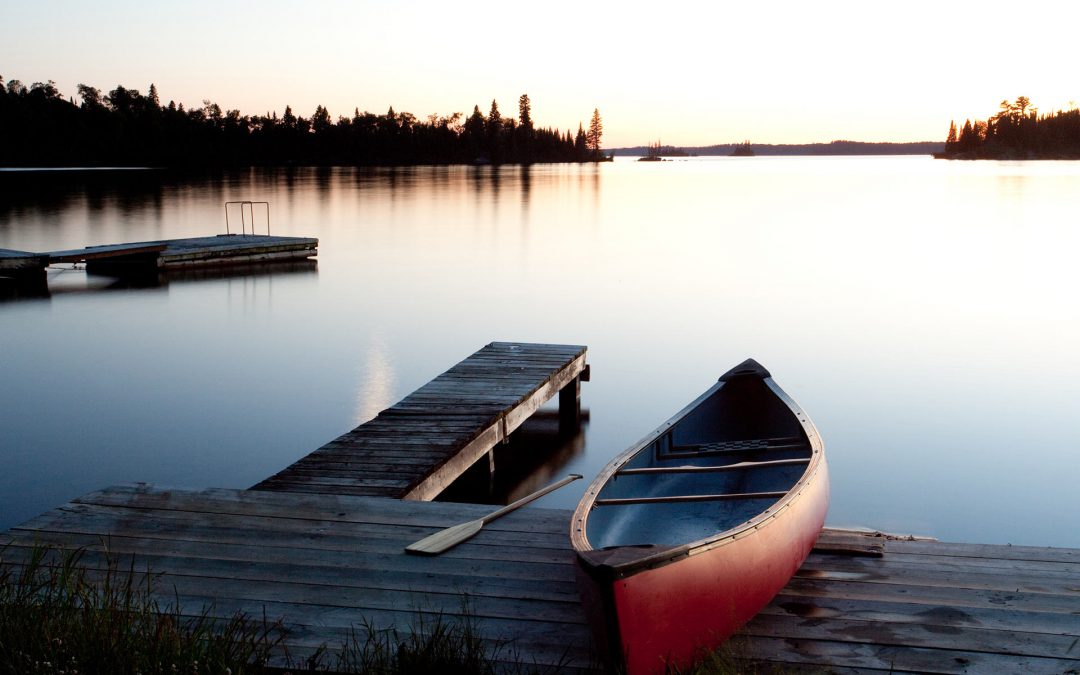Congratulations on owning a piece of paradise – a shoreline property.
Whether it’s a place you bought to make lasting family memories, a place to retire or a place to escape the hustle and bustle of everyday life – there are actions you can take to make sure your piece of paradise continues to be just that! It can be easy to get overwhelmed by the projects that need to get done. But here are three actions you can take over three years that will not only improve the health of your shoreline but your lake too!
Year 1, Task 1: Create or Enhance Your Shoreline Buffer
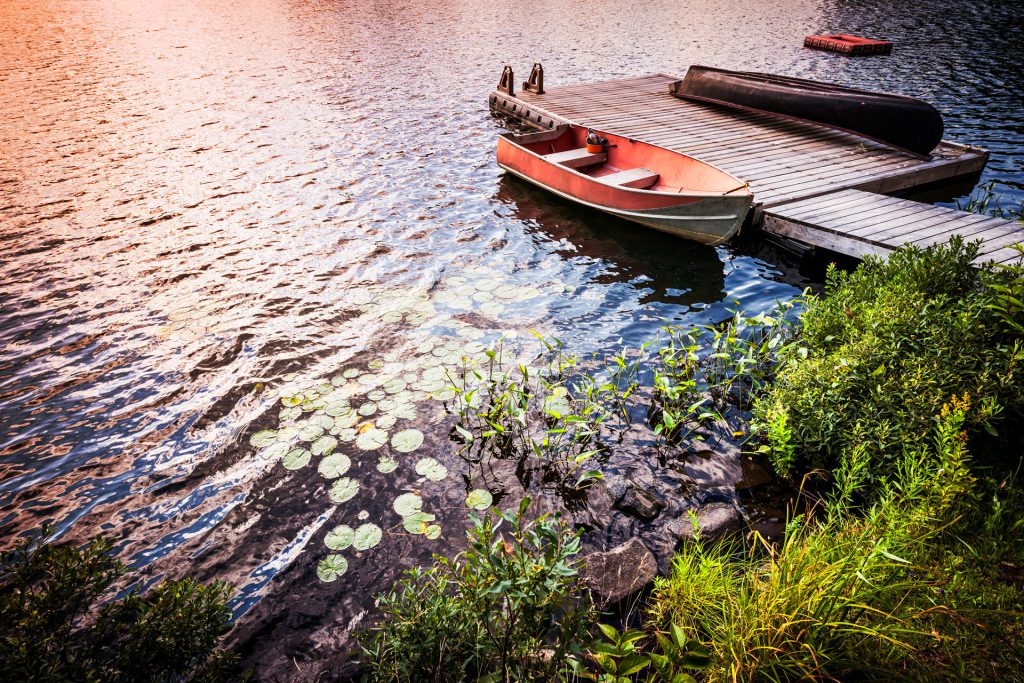 This one is exciting for a couple of reasons. First, by doing this one action – creating or enhancing your shoreline buffer – you will provide so many benefits. You will help protect against erosion, reduce runoff into your lake and create important wildlife habitat. Secondly, it can be accomplished with little effort!
This one is exciting for a couple of reasons. First, by doing this one action – creating or enhancing your shoreline buffer – you will provide so many benefits. You will help protect against erosion, reduce runoff into your lake and create important wildlife habitat. Secondly, it can be accomplished with little effort! 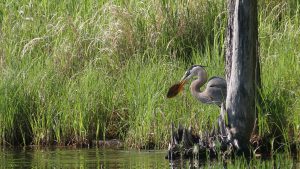 By simply leaving a section of your lawn near your shoreline unmowed, you can create a shoreline buffer. The seeds that have been carried in by wind and dropped by animals will have the chance to grow. The resulting plants can help to hold soils in place, catch rain and the nutrients and sediments that are carried with it, and provide pollinators and other wildlife with much-needed habitat. You can also help the process along by planting your favourite native trees, shrubs, grasses and flowers that you would prefer to have in your shoreline buffer. There are a few things to keep in mind. While a buffer depth of 30 metres is ideal, this isn’t always possible, but a buffer of any size is better than no buffer at all. Avoid the use of fertilizers and pesticides as these can runoff into your lake and impact your lake water quality. Lastly, if you have a retaining wall bordering your shoreline, no problem! Planting vegetation on the landward side of your wall will provide you with all the same great benefits!
By simply leaving a section of your lawn near your shoreline unmowed, you can create a shoreline buffer. The seeds that have been carried in by wind and dropped by animals will have the chance to grow. The resulting plants can help to hold soils in place, catch rain and the nutrients and sediments that are carried with it, and provide pollinators and other wildlife with much-needed habitat. You can also help the process along by planting your favourite native trees, shrubs, grasses and flowers that you would prefer to have in your shoreline buffer. There are a few things to keep in mind. While a buffer depth of 30 metres is ideal, this isn’t always possible, but a buffer of any size is better than no buffer at all. Avoid the use of fertilizers and pesticides as these can runoff into your lake and impact your lake water quality. Lastly, if you have a retaining wall bordering your shoreline, no problem! Planting vegetation on the landward side of your wall will provide you with all the same great benefits!
Year 2, Task 2: Leaving Special Habitat Features Where They Are
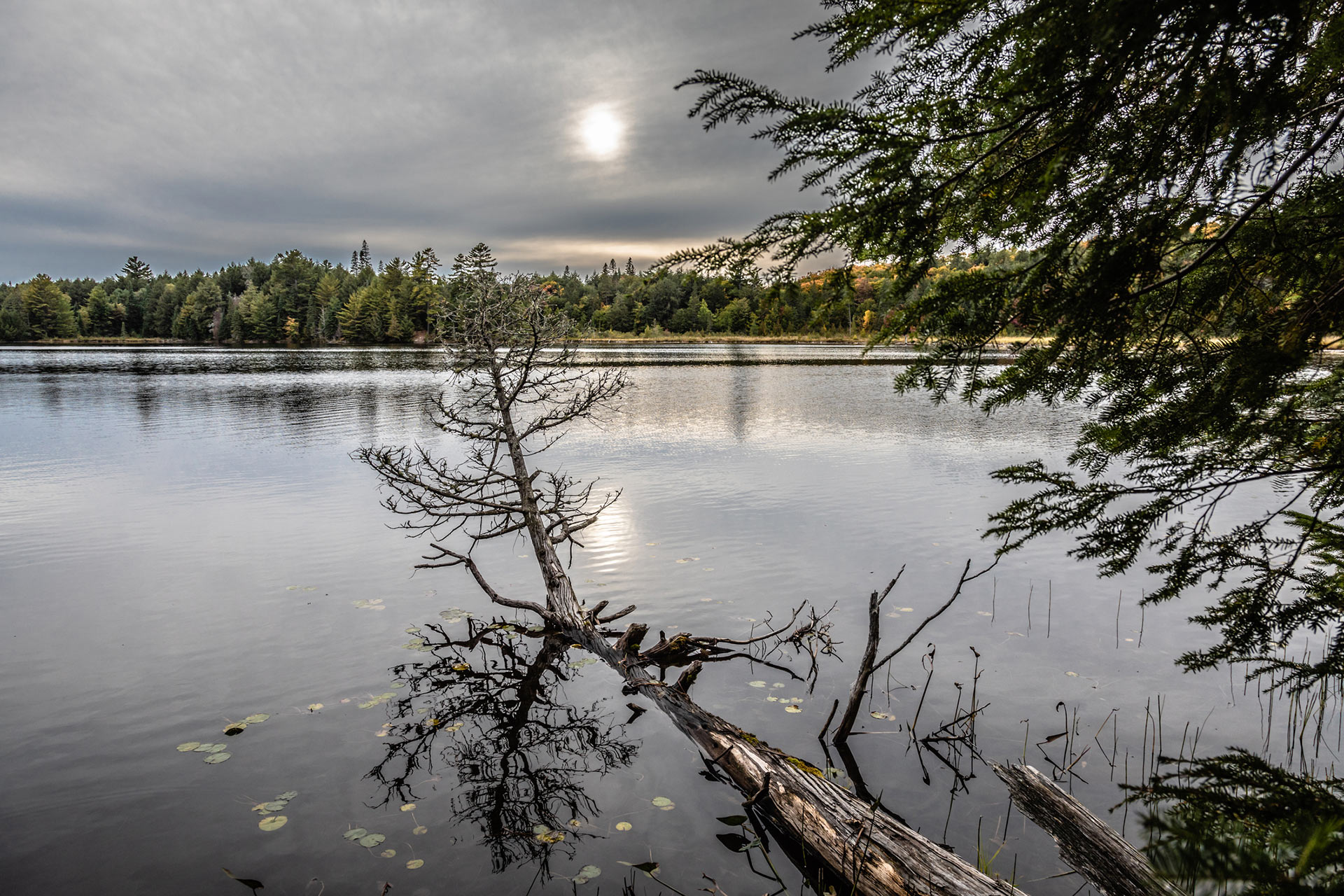 Here’s another simple yet important task! It’s common for many of us to want to clean or tidy our surroundings. This happens on our shorelines too. If there’s a fallen tree, a dead standing tree or “weeds” that are in our way – we want to remove them. However, these features are actually important to the lake and provide wildlife habitat. Plus, removing some of these features could require a permit. Aquatic vegetation, sometimes referred to as weeds, might be in your way when you’re trying to swim, but it provides food and habitat for a variety of mammals, waterfowl, reptiles, fish, insects and more. It also helps maintain water quality by stabilizing sediments, oxygenating the water and taking up nutrients.
Here’s another simple yet important task! It’s common for many of us to want to clean or tidy our surroundings. This happens on our shorelines too. If there’s a fallen tree, a dead standing tree or “weeds” that are in our way – we want to remove them. However, these features are actually important to the lake and provide wildlife habitat. Plus, removing some of these features could require a permit. Aquatic vegetation, sometimes referred to as weeds, might be in your way when you’re trying to swim, but it provides food and habitat for a variety of mammals, waterfowl, reptiles, fish, insects and more. It also helps maintain water quality by stabilizing sediments, oxygenating the water and taking up nutrients. 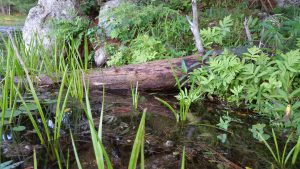 Fallen trees, logs and large branches that are fully or partially in the water help reduce erosion, provide insects with resting sites and offer fish and amphibians protective cover and shade. Some fish species use these wood features for spawning and nest protection. Logs and fallen branches on land provide great habitat for small mammals, toads, salamanders and some woodpeckers. Dead standing trees and cavity trees are another vital source of food and shelter for many birds and mammals. They are used for cavity nests, raising young, feeding and escaping predators. You’ll be providing so many benefits to your lake and will have more time to enjoy your shoreline property!
Fallen trees, logs and large branches that are fully or partially in the water help reduce erosion, provide insects with resting sites and offer fish and amphibians protective cover and shade. Some fish species use these wood features for spawning and nest protection. Logs and fallen branches on land provide great habitat for small mammals, toads, salamanders and some woodpeckers. Dead standing trees and cavity trees are another vital source of food and shelter for many birds and mammals. They are used for cavity nests, raising young, feeding and escaping predators. You’ll be providing so many benefits to your lake and will have more time to enjoy your shoreline property!
Year 3, Task 3: Take Care of Your Septic
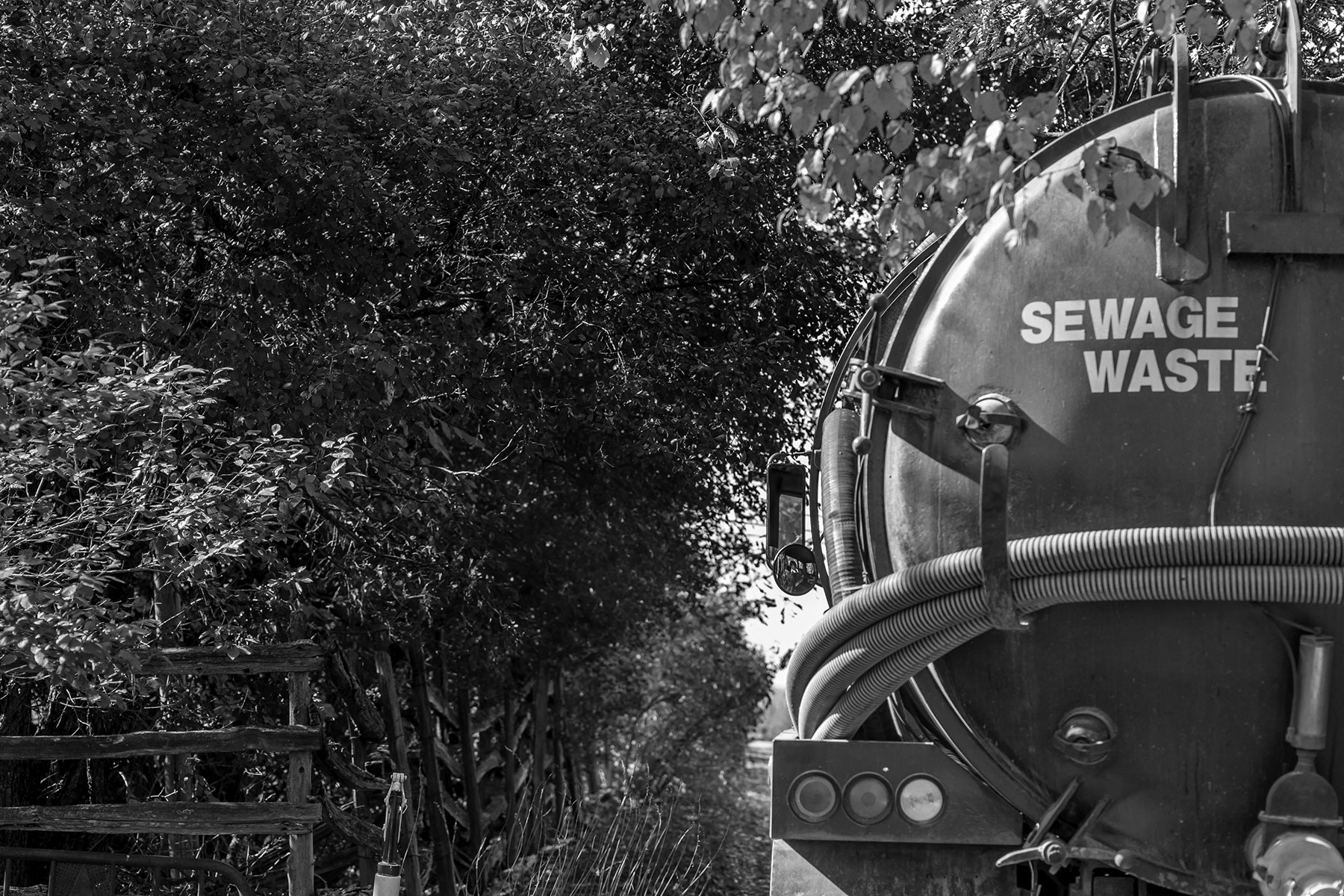 This is a bit of a tricky one to schedule as it depends on when your septic was last inspected and pumped. If you have a septic tank, it should be pumped every three to five years, although this depends on the size of the tank and how frequently it is used. If you have a holding tank, check it regularly to make sure it is not full or close to capacity. When your septic or holding tank is being pumped, it’s also a good time to have it inspected by a licensed and trained professional.
This is a bit of a tricky one to schedule as it depends on when your septic was last inspected and pumped. If you have a septic tank, it should be pumped every three to five years, although this depends on the size of the tank and how frequently it is used. If you have a holding tank, check it regularly to make sure it is not full or close to capacity. When your septic or holding tank is being pumped, it’s also a good time to have it inspected by a licensed and trained professional. 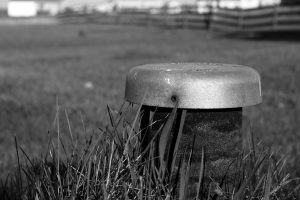 It’s been said that sewage has one of the largest negative impacts on the cottaging environment. How so? If your septic isn’t functioning properly, it can lead to too many nutrients (such as nitrogen and phosphorous) in lakes and other water bodies, resulting in a process known as eutrophication. Basically, these nutrients act as a fertilizer and can cause algal blooms, which can reduce water quality, harm aquatic animals and plants and even cause fish kills. This can contaminate not only your drinking water but your neighbour’s too, and it can reduce property values. Follow these easy do’s and don’t’s to keep your septic system functioning properly. Some of you are on a municipal sewer system and therefore don’t have to worry about this. If that’s the case or if you’ve had your septic inspected and pumped recently, your year three task can be swapped for:
It’s been said that sewage has one of the largest negative impacts on the cottaging environment. How so? If your septic isn’t functioning properly, it can lead to too many nutrients (such as nitrogen and phosphorous) in lakes and other water bodies, resulting in a process known as eutrophication. Basically, these nutrients act as a fertilizer and can cause algal blooms, which can reduce water quality, harm aquatic animals and plants and even cause fish kills. This can contaminate not only your drinking water but your neighbour’s too, and it can reduce property values. Follow these easy do’s and don’t’s to keep your septic system functioning properly. Some of you are on a municipal sewer system and therefore don’t have to worry about this. If that’s the case or if you’ve had your septic inspected and pumped recently, your year three task can be swapped for:
- Limiting foot traffic to your shoreline
- Things to keep in mind when considering a development project

